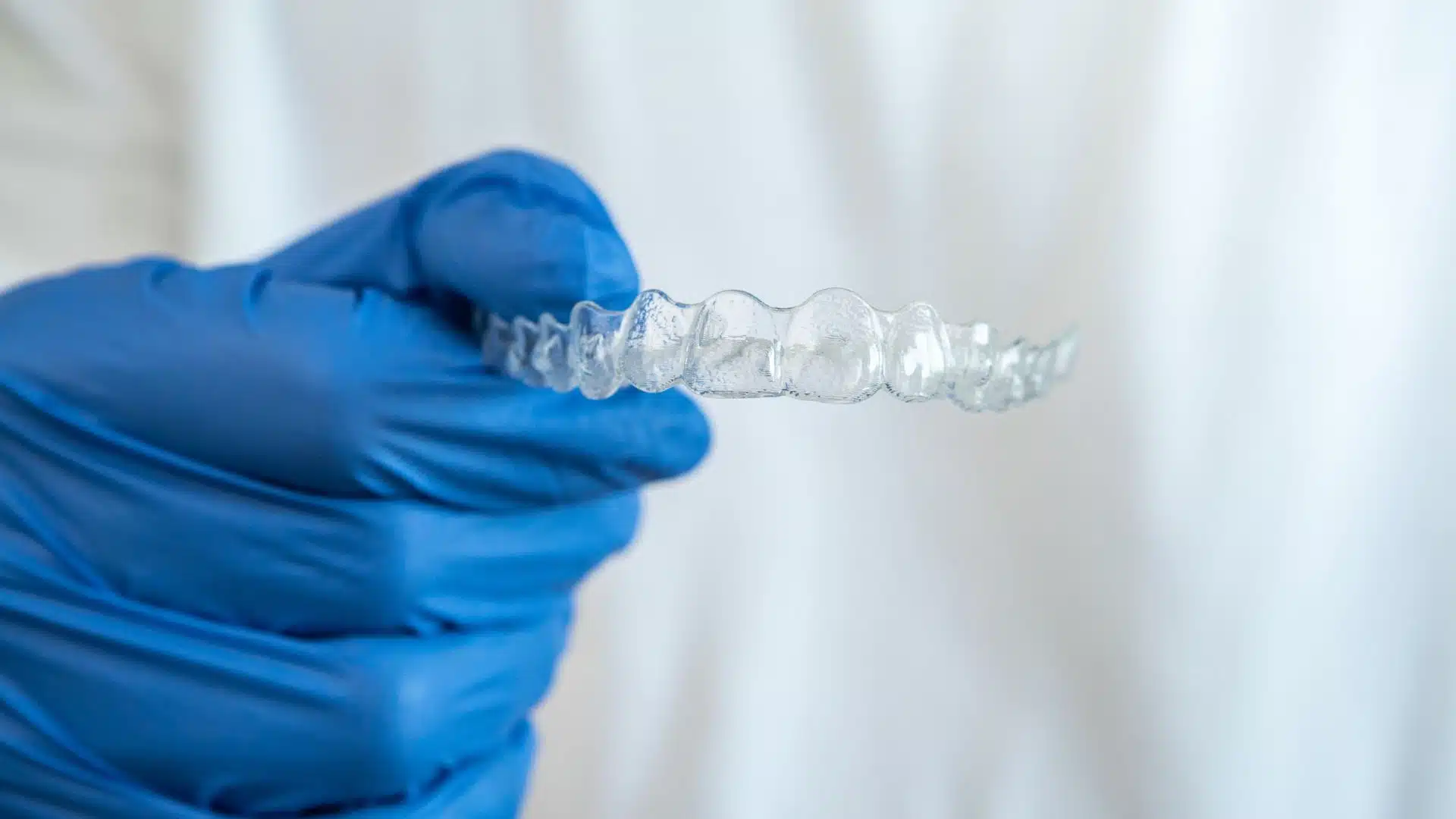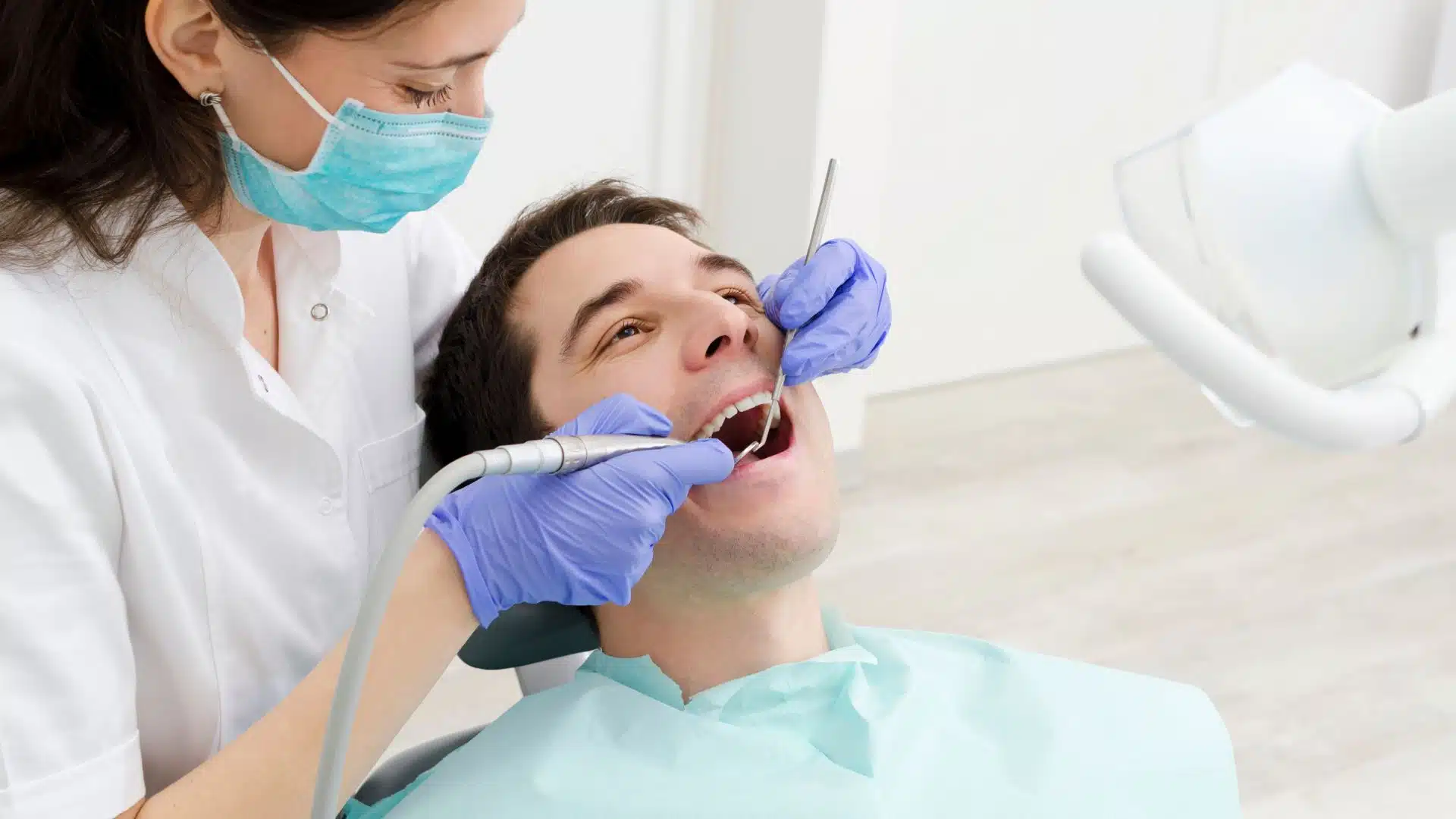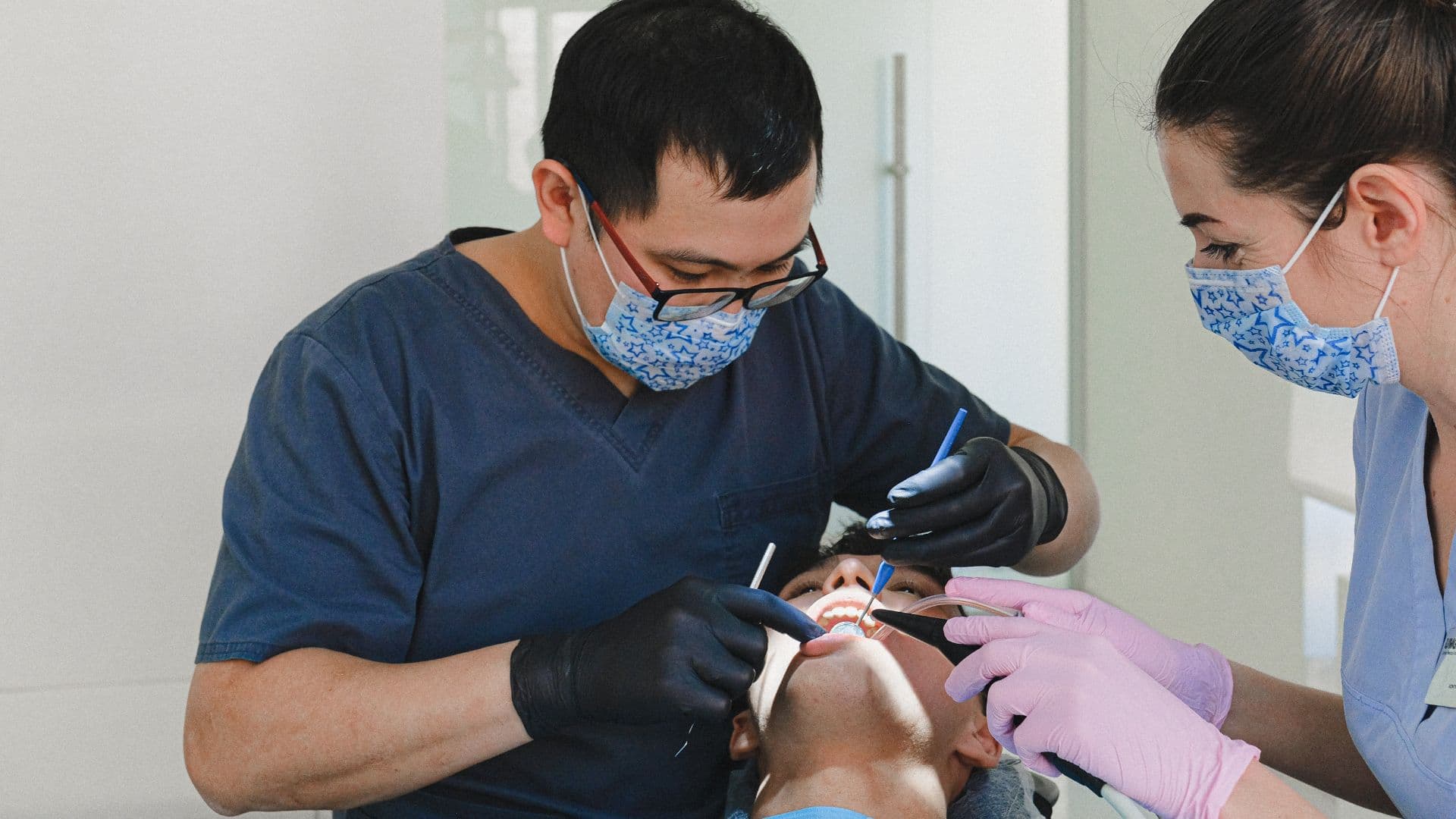
Silence Isn’t Golden: Know the Signs of Oral Cancer This April
April is Oral Cancer Awareness Month, a time to shed light on a serious health concern. While oral cancer can be frightening, early detection is key to successful treatment. By familiarizing yourself with the warning signs and scheduling regular dental checkups, you can significantly improve your chances of a positive outcome.
This blog will provide you with crucial information about oral cancer, including its symptoms, risk factors, and the importance of early detection. Don’t ignore potential issues in your mouth – take charge of your oral health!
Early Detection Saves Lives
Oral cancer affects the mouth and throat, and it’s vital to catch it in its early stages. When detected early, the five-year survival rate for oral cancer is over 80% [source: American Cancer Society]. However, when detected in later stages, the survival rate drops significantly.
By being aware of the signs and symptoms of oral cancer, you can schedule an appointment with your dentist for a prompt diagnosis and get the treatment you need.
Here are three key subheadings to explore the signs of oral cancer in more detail:
- Mouth Sores and Lumps: A persistent sore on your lip, tongue, inside your cheek, or on the gums is a potential warning sign. Be especially cautious of sores that bleed easily and don’t heal within two weeks. Additionally, lumps in the neck or mouth can also be a cause for concern.
- Changes in Your Mouth: Pay attention to any changes in the way your mouth feels. This could include difficulty chewing, swallowing, or speaking. Additionally, persistent hoarseness or a change in your bite can be indicative of oral cancer.
- Unusual White or Red Patches: Leukoplakia (white patches) and erythroplakia (red patches) on the tongue or inside the mouth can be precancerous lesions. While not all white or red patches are cancerous, it’s important to have them checked by a dentist.
Risk Factors to Consider
While anyone can develop oral cancer, certain factors increase your risk. These include:
- Tobacco Use: Smoking, chewing tobacco, and smokeless cigarettes all significantly increase your risk of oral cancer.
- Heavy Alcohol Consumption: Excessive alcohol consumption can also heighten your risk. The combined effect of smoking and heavy drinking is particularly dangerous.
- Human Papillomavirus (HPV): Certain strains of HPV, the virus that causes cervical cancer, have been linked to oral cancer, particularly in the tonsils and the back of the tongue.
- Sun Exposure: While less common, excessive sun exposure to the lips can increase the risk of lip cancer.
Early Detection is Key
If you experience any of the warning signs of oral cancer, don’t hesitate to schedule an appointment with your dentist. Early detection is crucial for successful treatment. During your checkup, your dentist will perform a thorough examination of your mouth and throat, which may include a visual inspection, feeling for lumps, and possibly an oral cancer screening test.
By prioritizing oral health and being aware of the signs of oral cancer, you can empower yourself to take control of your well-being. Remember, silence isn’t golden when it comes to your health. Speak up, schedule regular dental checkups, and live a healthy smile!




